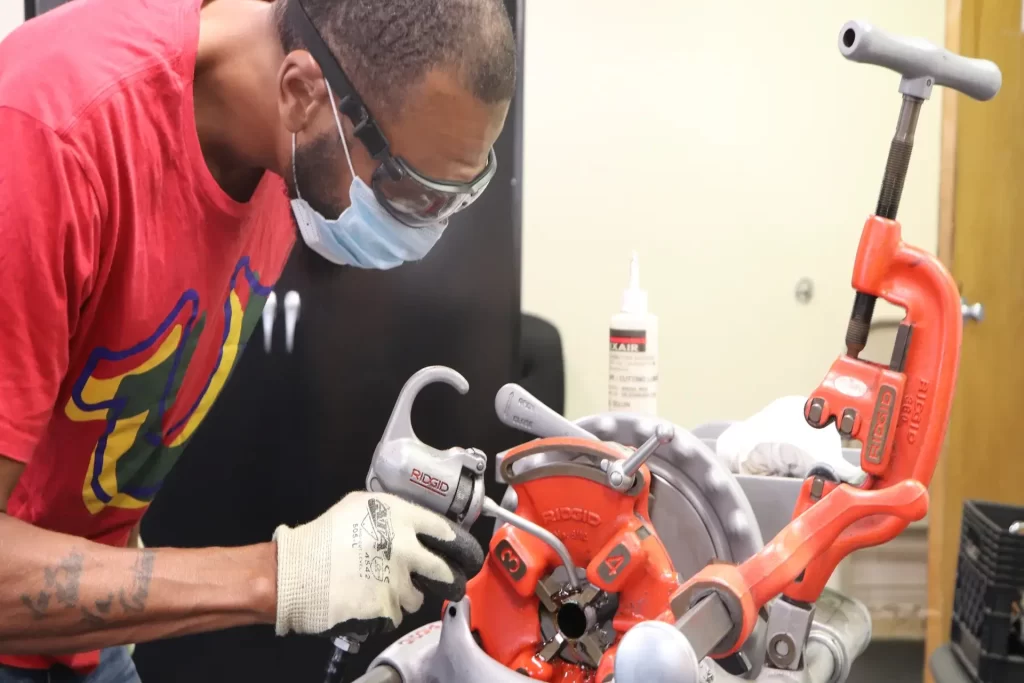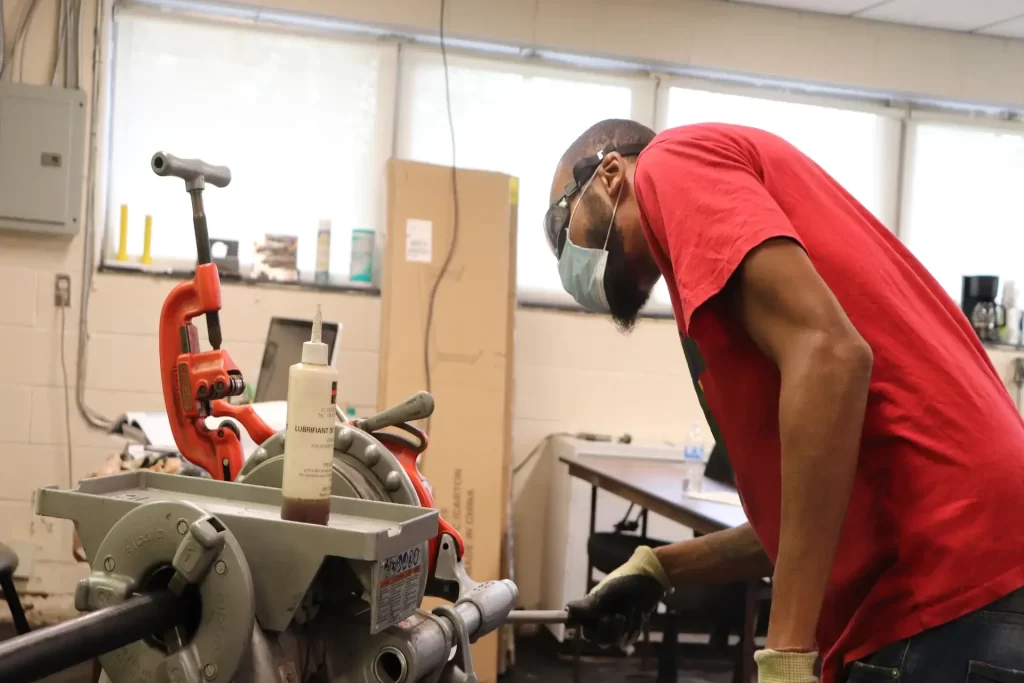Installing, maintaining, and repairing pipe systems that transport liquids or gasses—typically high-pressure steam—represents the specialty steamfitting. Steamfitter certifications help in developing skills and knowledge for the industry. Maintaining the safe and effective operation of diverse approaches in several sectors, such as power generation, chemical processing, and HVAC, is a required field that calls for highly skilled people. This article will give a general summary of steamfitting career options, including job prospects and income ranges. Those pursuing a steamfitter certifications or those already employed in the field who want to stay updated on hiring trends will find the information provided here helpful.
Success in the professional steamfitting trade necessitates a specific amount of knowledge and experience. As a result, there are numerous different steamfitting jobs available, including the following:
Installing and maintaining piping systems that transmit hot water or steam under high pressure is the responsibility of a steamfitter or pipefitter. This could involve creating and putting in new techniques and fixing and maintaining current ones.
An HVAC technician who installs and maintains heating, ventilation, and air conditioning systems that use hot water or steam may focus on steamfitting.
In residential, commercial, and industrial contexts, a boiler installer installs new boilers and related pipes. This can entail choosing the right boiler for the steamfitting job, setting up the piping and control setup, and ensuring the system is calibrated and balanced correctly.
Steamfitter workers maintain and repair machinery and systems, such as boilers and steam generators, in various contexts, including residential, commercial, and industrial establishments.
A formal apprenticeship program that combines classroom instruction and on-the-job training is essential for becoming a steamfitter. Apprenticeships usually take four to five years and entail between 8,000 and 10,000 hours of on-the-job training and a minimum of 1,000 hours of classroom education.
Depending on the job needs and local laws, steamfitters may also need to complete a steamfitter certifications or receive specific certificates or licenses. For instance, steamfitters may require a permit in some states to work on boilers or other high-pressure systems.

Becoming a steamfitter requires proper training and education. The Bureau of Labour Statistics (BLS) predicts that the employment of steamfitters, plumbers, and pipefitters will increase by 8% between 2020 and 2030, faster than the average for all occupations.
The desire for energy-efficient systems in buildings is one of the factors behind an increase in steamfitting jobs. The requirement for system upgrades and maintenance also influences the demand for steamfitters. Additionally, factors influencing job growth include the expansion of the manufacturing sector and the building of new industrial facilities.
Steamfitter apprenticeship programs are in demand at different rates depending on the area and the sector. The need for steamfitters is typically higher in areas with a large concentration of manufacturing or power generation plants. Especially in areas with a large concentration of refineries, the oil and gas industry is a prominent employer of steamfitters.

According to the Bureau of Labor Statistics (BLS), the average yearly salary for steamfitters in the US was $62,660. The bottom 10% earned less than $38,940, while the top 10% made more than $100,820. Steamfitters’ pay varies depending on their region, industry, and experience level. For instance, steamfitters in the oil and gas sector typically make more money than their counterparts in the building sector.
The cost of living has a significant influence on how much steamfitters make. Compared to those in rural areas, steamfitters in urban areas typically make more money. One factor is the higher cost of living in cities, reflected in higher pay. Work experience is essential in deciding steamfitter workers’ salary. Those with more experience typically make more money than those just entering the field. In addition, as they offer chances for skill development, apprenticeships and on-the-job training programs can also contribute to salary rises.
If you are passionate about manufacturing, building, or power generation, enrolling in a steamfitter apprenticeship program may be a nice idea. The demand for qualified people in this industry is anticipated to stay high as the steamfitters’ employment market expands. A steamfitter’s wage may vary according to experience, industry, region, and union affiliation.
Read More